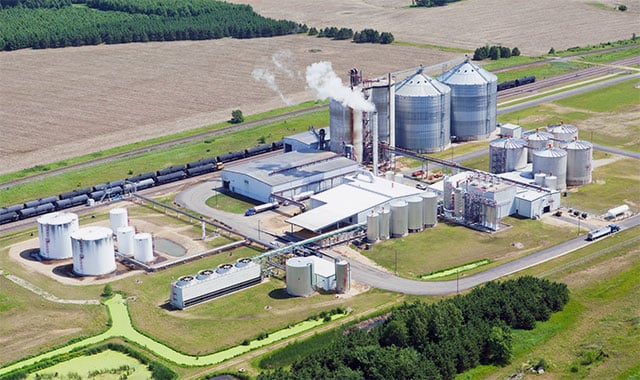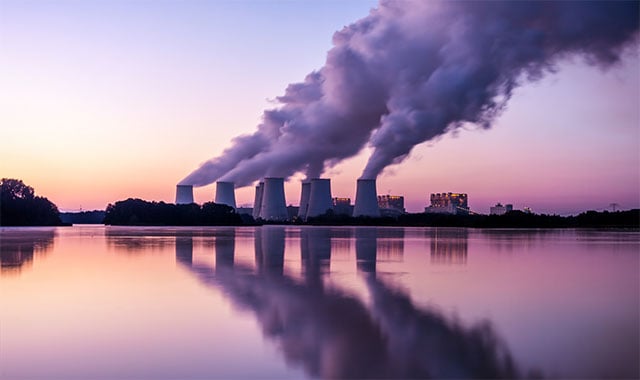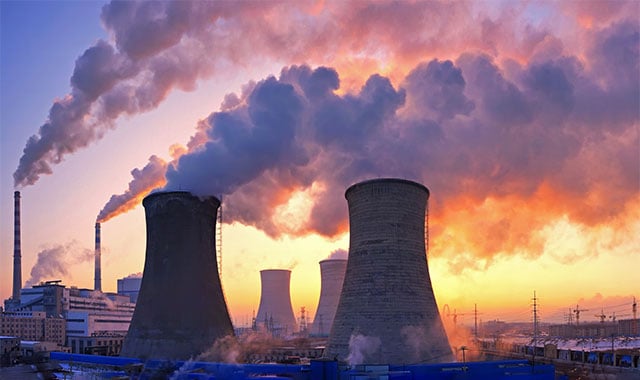Neeraj Gupta’s Career at Battelle Inextricably Linked with Climate Resilience and Mitigation
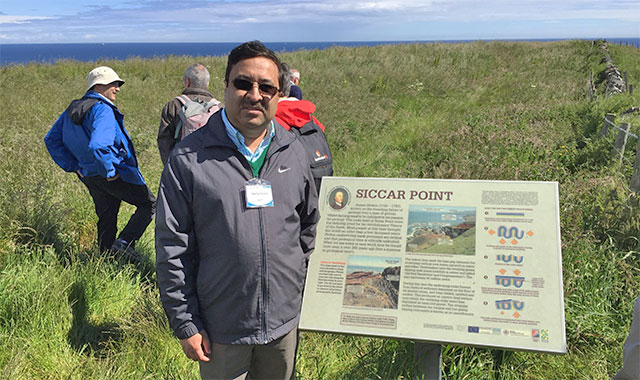
The career of Neeraj Gupta, a Senior Research Leader and Technical Director for Carbon Management at Battelle, is inextricably linked to the story of carbon capture and storage (CCS). His journey from a young boy born in Old Delhi and growing up in Ambala in Northern India, to a thought leader in CCS is a testament to his dedication and Battelle's commitment to pioneering solutions for climate resilience and mitigation.
From India To Battelle
It’s not every scientist whose career spans the beginning of a novel theoretical research field to its practical application in the real world, but Gupta is just that. Additionally, his life was influenced by another important evolution—his maternal grandfather was a Freedom Fighter who sacrificed all his youth and followed Mahatma Gandi to teach peaceful nonviolence and freedom. It had a profound effect on Gupta’s outlook.
The practice of injecting carbon dioxide into deep wells for enhanced oil recovery (EOR) was in its infancy in the 1970s, when Gupta was still a boy thinking of his future. Gupta's interest in applied science and geology, nurtured at Punjab University Chandigarh (which also included field trips throughout India) and later by earning advanced degrees Geochemistry at George Washington University and Hydrogeology at Ohio State University, set the stage for his groundbreaking work in CCS.

A young Neeraj Gupta with his Ph.D. Advisor Dr. Scott Bair - who propelled Neeraj into deep well injection research
His interest in pursuing advanced work in the United States was influenced through mentoring by family. Gupta’s uncle worked ed at UNESCO, helping shape education systems and as a Fullbright Scholar in Diplomacy. Other encouragement came from relatives in India and the U.S.
At Ohio State, he got a PhD in 1993 while studying hydrogeology. “It helped me understand the factors affecting flow of fluids in the subsurface and how to clean it up,” he said.
CCS: From Infancy to Trailblazing Research
In the early 1990s, the concept of using CCS for climate mitigation in addition to EOR was barely an idea. In 1994, a year after starting as a full-time employee at Battelle, Gupta's foresight led him to a collaboration with colleagues to secure a Department of Energy grant of $40,000 to study carbon dioxide storage in the Mount Simon Sandstone formation that Gupta had studied at OSU, marking the beginning of Battelle's journey in CCS.
At Battelle, work at the time centered on hydrogeologic modeling of contaminant treatment options. But talk in the industry had begun to put a narrative around climate change. By 1996, Gupta got money to do a first literature search. Then an economic assessment. Then more analysis. By the time the U.S. Department of Energy got its first million dollars to spend on CCS as a budget line-item action in 1997, Battelle had already conducted three studies from seed funding.
Battelle management saw the potential for this new field of science and invested in the energy group. Gupta captured money for laboratory experiments, then more for second and third phases. “This was now a field of study,” Gupta said. “This eventually led to the AEP Mountaineer project growing to tens of millions of dollars over 15 years in DOE and private investment.”
Gupta, members of his team and Battelle became trailblazers in CCS research. By 2003, Battelle had initiated the Midwest Regional Carbon Sequestration Partnership (MRCSP), conducting field demonstrations and pilot scale projects that tested the full life cycle of CCS deployment. Gupta's team's findings have been instrumental in shaping policies and informing the Environmental Protection Agency's development of class VI CO2 injection well designations.
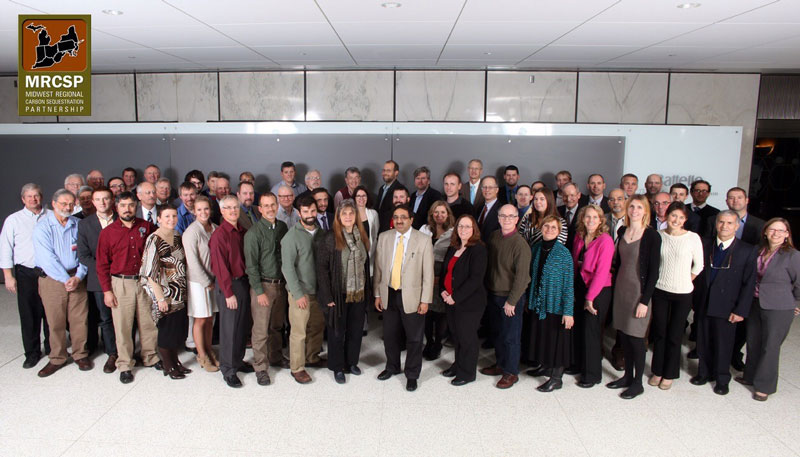
Neeraj Gupta and other professionals involved in the MRCSP
The rise in plentiful natural gas in the early 2010s meant less pressure to reduce emissions. The policy wasn’t there to support commercial deployment, but by 2018, the Battelle team was situated to answer the market call when international alignment on deploying CCS for climate mitigation and the United States 45Q tax credits for CCS strengthened the business case for the industry. Last year’s Bipartisan Infrastructure Law propelled the CCS industry further forward.
“Carbon dioxide capture and storage, the basic fundamentals, have been proven,” Gupta said. “It can be done safely and effectively. We have built a lot of expertise and credibility nationally and globally. And the oil and gas companies have access to a lot of capital, subsurface and deployment experience. The challenge is how to scale up—50 to 100 times more CCS projects are needed to achieve meaningful impacts.”
Gupta said the industry also needs to gain more public acceptance of the pipeline and storage systems. And even though commercial deployment is beginning to happen now, who pays?
Gupta's Legacy and the Future of CCS
Today, Gupta and Battelle stand at the forefront of the CCUS industry, championing the safe and effective capture and storage of carbon dioxide. His team’s leadership has positioned Battelle as a leader in CCS, with the organization's work extending to adjacent areas like clean hydrogen and direct air capture hubs. Gupta’s and Battelle team have also worked on feasibility and capacity building programs in Indonesia, China, South Africa, and Mexico to help scale-up the industry.
Gupta's career and the development of CCS are intertwined, each shaping and influencing the other. His journey is a testament to his thought leadership and Battelle's commitment to pioneering solutions for climate resilience and mitigation. As Gupta continues to lead the way in CCS, he remains grateful for the opportunities he has had to learn, mentor, and travel, and is excited about the future of CCS at Battelle.
“How could things be better elsewhere?” he asked. “I love working for a company with a charitable mission and for me it’s also been a way to chart my own course and be involved with a variety of things and teams. I’ve had great support from management and people who work with me on projects. I’ve learned a lot from so many people. I appreciate the mentoring I’ve been able to do. I’m able to do a lot of travel and engage local regional national global. I wouldn’t want it any other way.”
Related Blogs
BATTELLE UPDATES
Receive updates from Battelle for an all-access pass to the incredible work of Battelle researchers.



